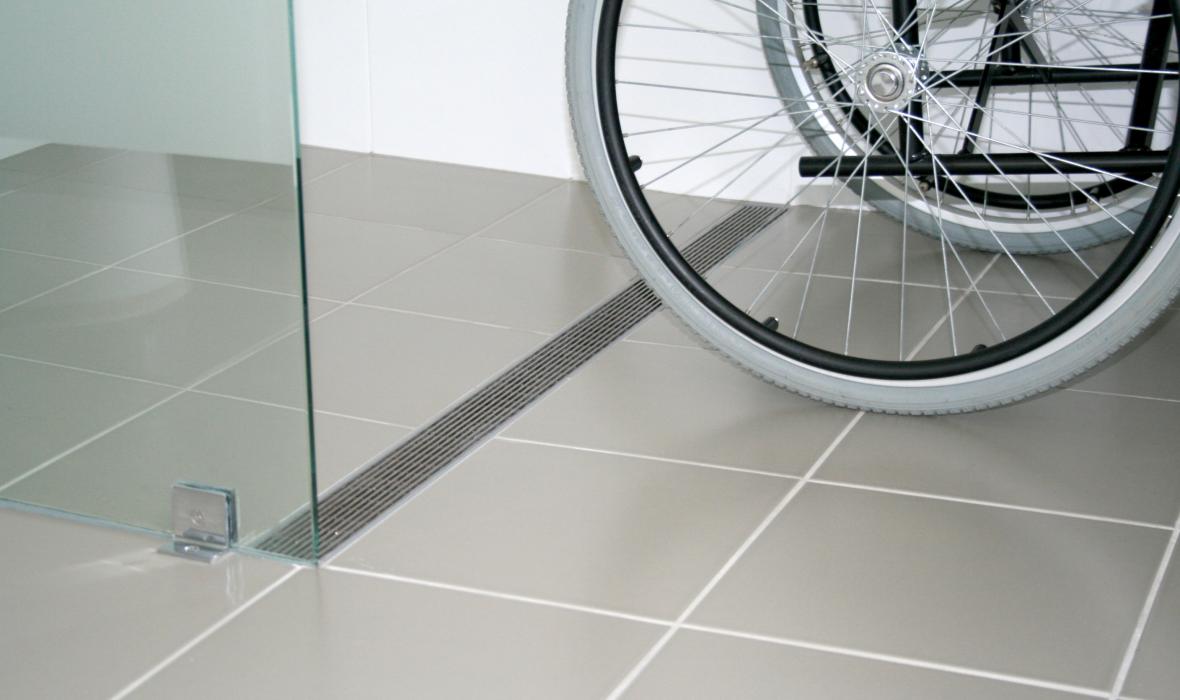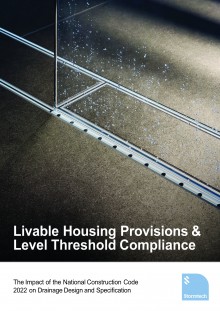
Building With Care ›
Faced with a rapidly ageing population, our over-85 population is set to triple and Australia has been overwhelmed by the demand for quality aged care services. With this greater demand comes the inevitable push to re-furbish, expand and upgrade these critical facilities.
To ensure full compliance with the federal governments Aged Care Act’s regulatory framework for care facility design and construction, the onus rests on architects and builders to not only mitigate access and mobility barriers, but to create a functional and empowering living environment for residents and staff alike
The Importance of Quality Drainage Provisions for Aged Care Facilities ›
Quality drainage is vital to building functions and to the safety, wellbeing and autonomy of its occupants. Traditional drainage solutions are ill-equipped to meet mandatory access and safety requirements of today’s aged care facilities. Step- downs, uneven floor surfaces, and high gradient falls are all-to-common features in the today’s care facility drainage areas (particularly shower spaces), yet are among the most conspicuous hazards for vulnerable residents.
Roughly one in three seniors experiencing a fall incident each year, slips, trips and fall hazards remain the most common – and avoidable – causes of injury within Australia’s aged care facilities.
Stormtech: The Proud Pioneer of Linear Drainage Solutions ›
Linear drainage is a cutting-edge drainage solution that delivers level-plane (i.e. flush with the ground surface), ‘zero stepdown’ drainage for both indoor and outdoor applications. Unlike conventional drainage solutions, lineal designs conform to the strict accessibility requirements of the AS1428, whilst maintaining excellent drainage flow.
Stormtech drainage solutions are specially designed to eliminate the access and mobility constraints of traditional centralised drainage systems whilst making a stunning architectural statement.

